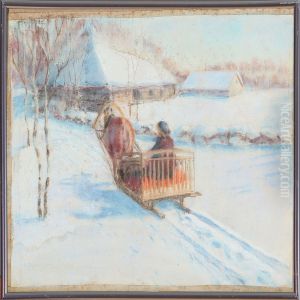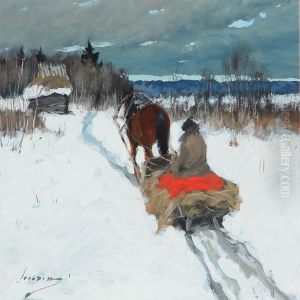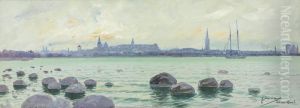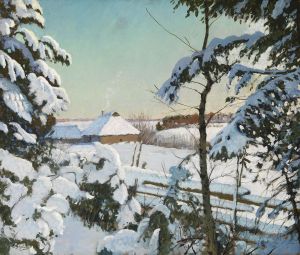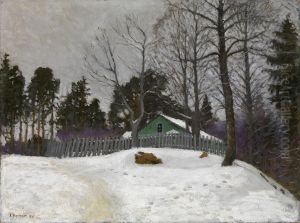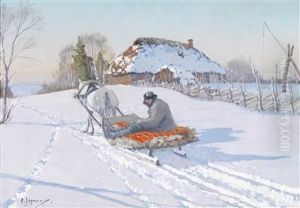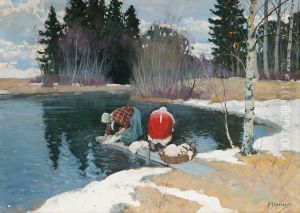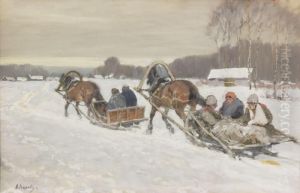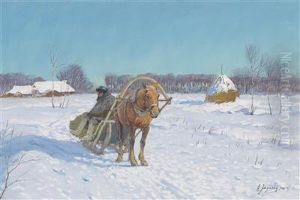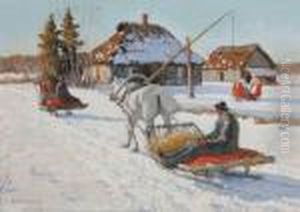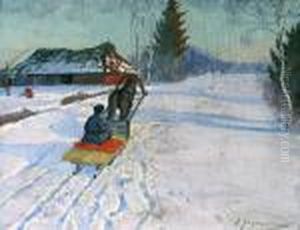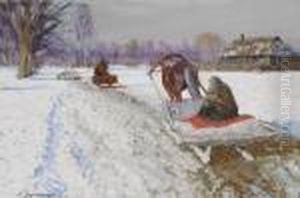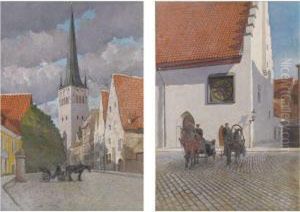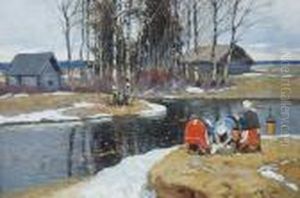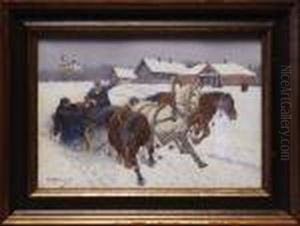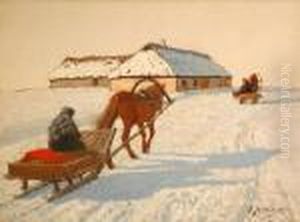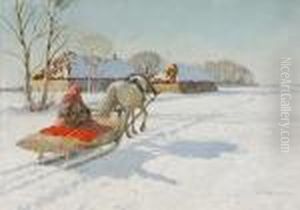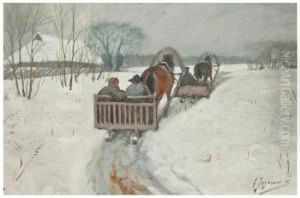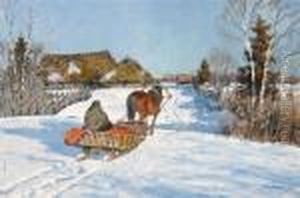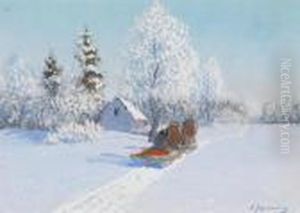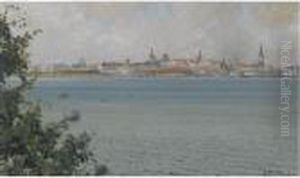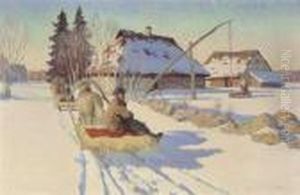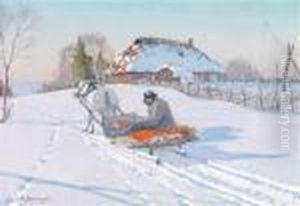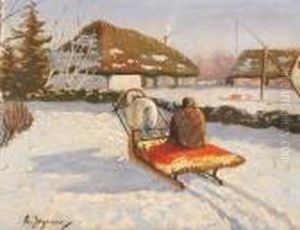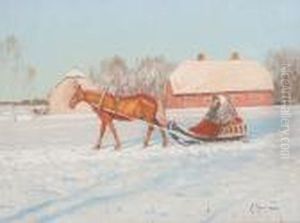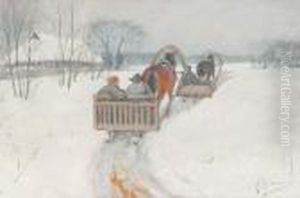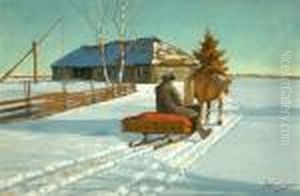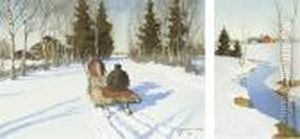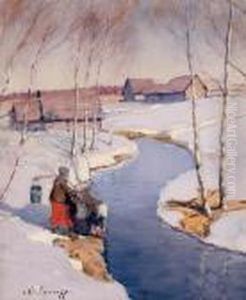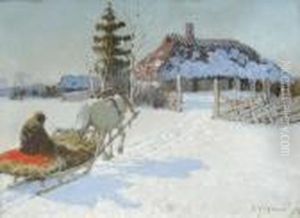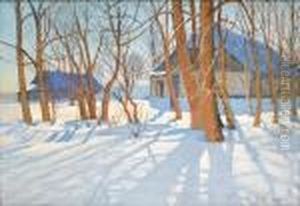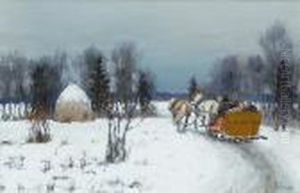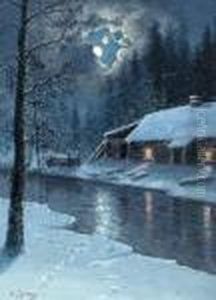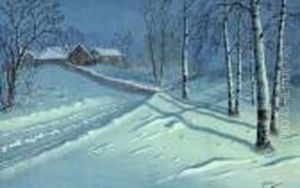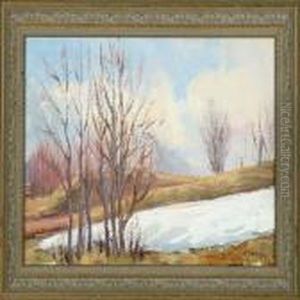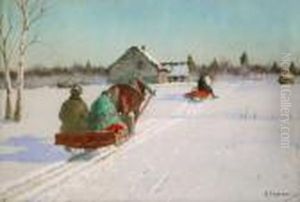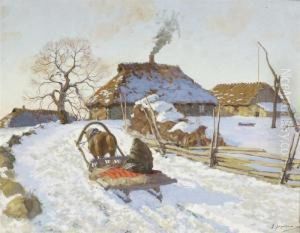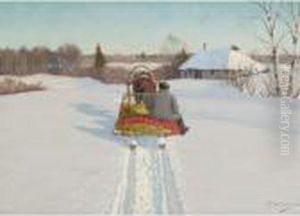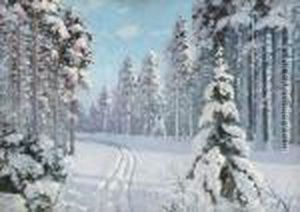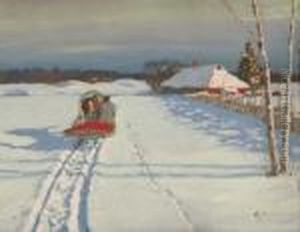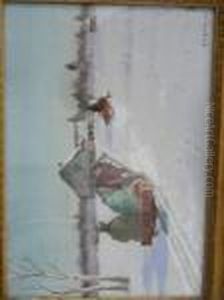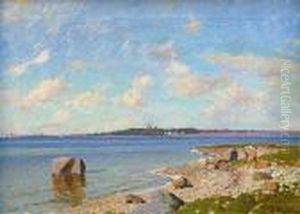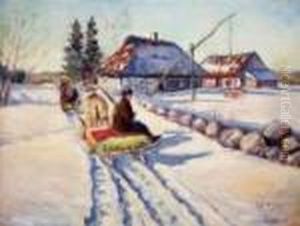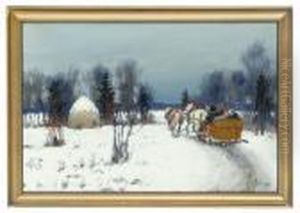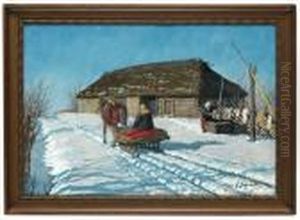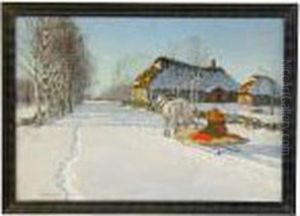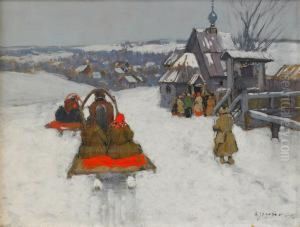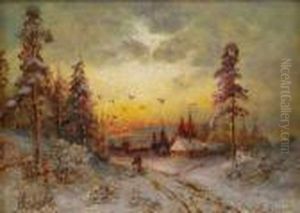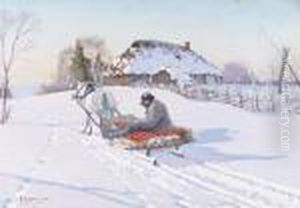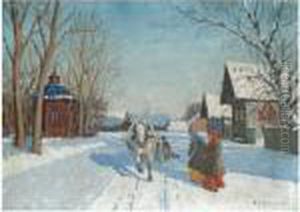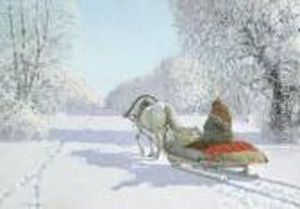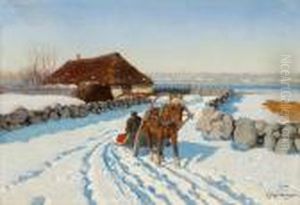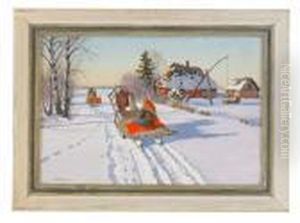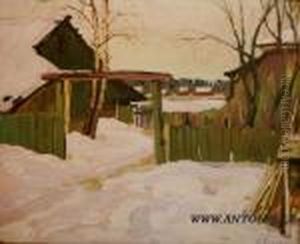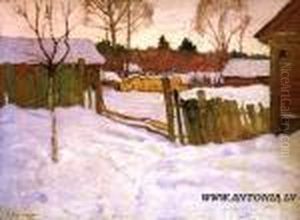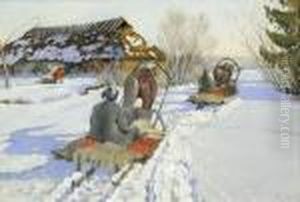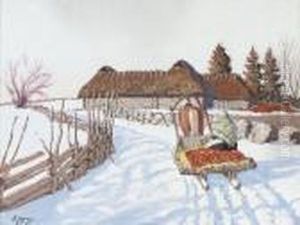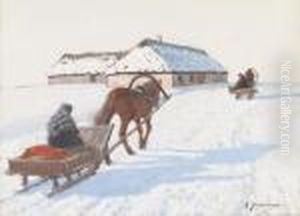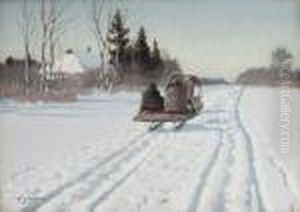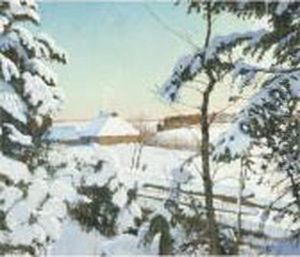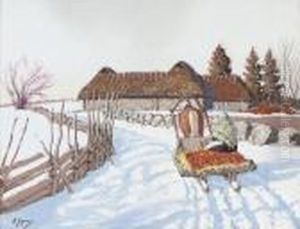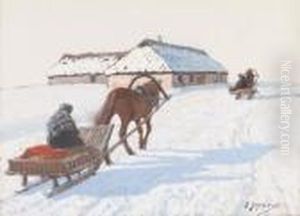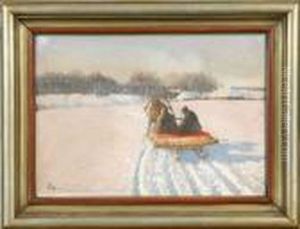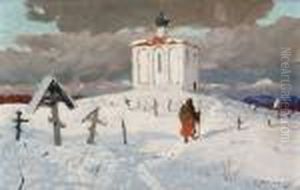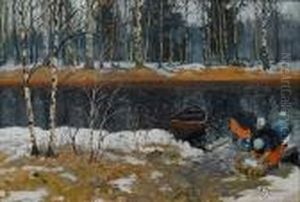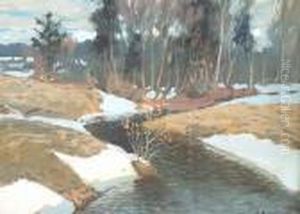Andrei Afanas Evich Egorov Paintings
Andrei Afanasievich Egorov was a prominent Russian painter, graphic artist, and stage designer, who is especially known for his contribution to the Mir Iskusstva (World of Art) movement. Egorov was born on July 29, 1878, in the city of Moscow, Russia, into the family of a merchant. From a young age, he showed a keen interest in the arts, and his talent was nurtured through his education.
Egorov received his initial artistic training at the Moscow School of Painting, Sculpture, and Architecture, where he studied under the guidance of notable artists such as Abram Arkhipov and Valentin Serov. After completing his studies in Moscow, Egorov continued to refine his skills at the much-revered Imperial Academy of Arts in Saint Petersburg, where he had the opportunity to work alongside other influential Russian artists of the time.
During his career, Egorov became widely recognized for his landscape paintings and genre scenes that often depicted the Russian countryside and the lives of its people. His style was characterized by a harmonious blend of realism and impressionistic tendencies, with a particular focus on the effects of light and atmosphere in his compositions.
Egorov's artistic contributions were not limited to painting alone; he was also deeply involved in theater and set design. He worked on numerous productions, where his imaginative sets and costumes added depth and vibrancy to the performances. This work in theater design further enriched his understanding of space and form, which would influence his easel paintings.
The Russian Revolution and the subsequent changes in the country's political and cultural landscape had a significant impact on Egorov's life and work. During the Soviet era, artists faced new ideological demands, and Egorov's work underwent a transformation that reflected the times, with some of his later pieces echoing the themes of socialist realism.
Despite the challenges and shifts in artistic expectations, Egorov remained a respected figure in the art community until his death. Andrei Afanasievich Egorov passed away on January 12, 1954, in Leningrad (present-day Saint Petersburg), leaving behind a rich legacy of artistic achievements that continue to be celebrated in Russian art history.
